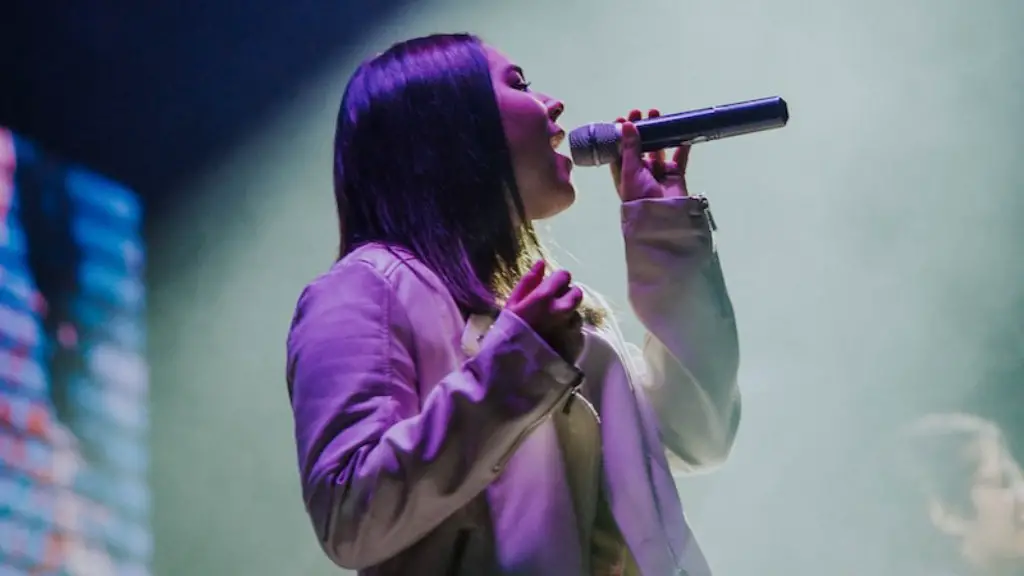How To Draw A Realistic Female Body:
In the world of drawing, creating a realistic female body can be challenging—but it doesn’t have to be! With the right techniques and a little practice, you can learn to draw a female figure that looks believable and true to life. Whether you want to create a portrait that looks like a friend or create a character for a comic book, here is a guide to drawing a realistic female body.
The Figure:
An important part of drawing any figure is to take the time to consider the underlying structure. People may have different shapes and sizes, but most bodies are comprised of similar pieces. Try to remember the basics when you start your drawing so you end up with an accurate representation. For instance, the female body includes these essential elements: the ribcage, hips, and pelvis; the collarbone; and the shoulders. Once you have these elements in your mind, you’ll be able to capture the roundness, contours, and curves of your female figure.
Appropriate Proportions:
Especially when you’re starting out, it can be helpful to use references from real people. You don’t have to draw an exact replica, but channeling a real person can help you keep perspective as you strive to draw accurate proportions. From an overall view, your female body will usually include these proportions: the hips should be broader and rounder than the ribcage; the head should be relatively smaller than the torso; and the legs should be slightly longer than the torso.
Kidney-Like Pelvis:
When you draw a female body, it’s important to keep in mind the large, kidney-like shape of the pelvis. The female pelvis is typically rounder than the male pelvis, so make sure you include this difference in your sketch. The upper part of the female pelvis is also often wider than the lower half, giving it an edge-like shape. Adding these details to your figure can make a big difference in terms of realism.
Circles and Curves:
One of the most appealing aspects of the female body is the way curves appear all over the body. Pay attention to the faces of your figure when you draw, including the chin, nose, eyes, ears, and forehead. Also take note of the way the arms round off near the shoulders and the back, as well as the rounding of the individual fingers. Look for the circles in the elbows, hipbones, breasts, and even the belly button. Making sure to use curves and circles when you draw female figures can really bring your work to life.
The Gesture:
It’s not just about proportions and curves; making your figure come alive also involves capturing a sense of motion. When you draw your female body, consider the different ways that people move and how the lines and shapes change. The gesture of the figure can be obvious and clear, or it can be subtle and vague. The important thing is to practice capturing a sense of flow, so your figure has some life to it and isn’t just another perfectly proportioned person drawn on paper.
Body Hair:
Most people don’t think of body hair when they draw a female body, but it can be an interesting and important part of your picture. The amount and location of body hair can change from individual to individual, so pay attention to the references you’re using in order to get the details right. Whether it’s a full set of armpit hair, a line of hair on the upper lip, or faint strands of body hair running up the neck, make sure you know what to draw when it comes to body hair for female figures.
Clothing and Accessories:
When you draw your female body, you may also want to consider the way that clothing and accessories can affect the look of a picture. Clothes, shoes, jewelry, hats, and even makeup can all add to the sense of realism in your work. Not only can they be fun embellishments, but they can also be useful in breaking up the monotony of a one-note figure. They can also be a great tool for experimenting with character looks and personalities.
Perspectives and Angles:
Finally, it’s important to learn the basics of perspective when drawing a female body in order to avoid the dreaded “sticks” look. Spend some time practicing with different angles so you can accurately represent the proportions of your figure from different perspectives. Once you master this lesson, you’ll be one step closer to having realistic, true-to-life female figures in your drawings every time.

